Photos: Carnivorous Dinosaur Discovered in Italian Alps
Four-fingered dinosaur
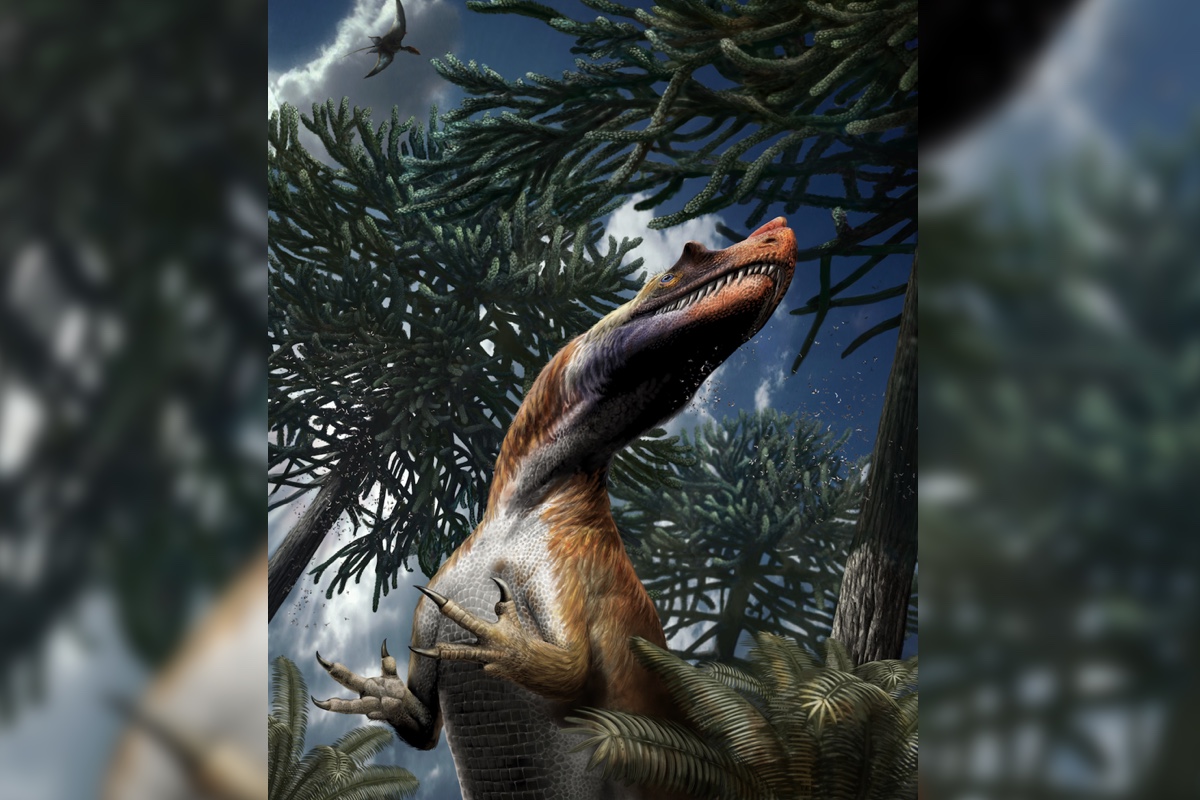
The newly identified dinosaur Saltriovenator zanellai was found in the Italian Alps. The carnivorous beast lived during the Jurassic period about 200 million years ago. It was likely covered with an early type of feathers. [Read more about the four-fingered dinosaur]
Mountainous find
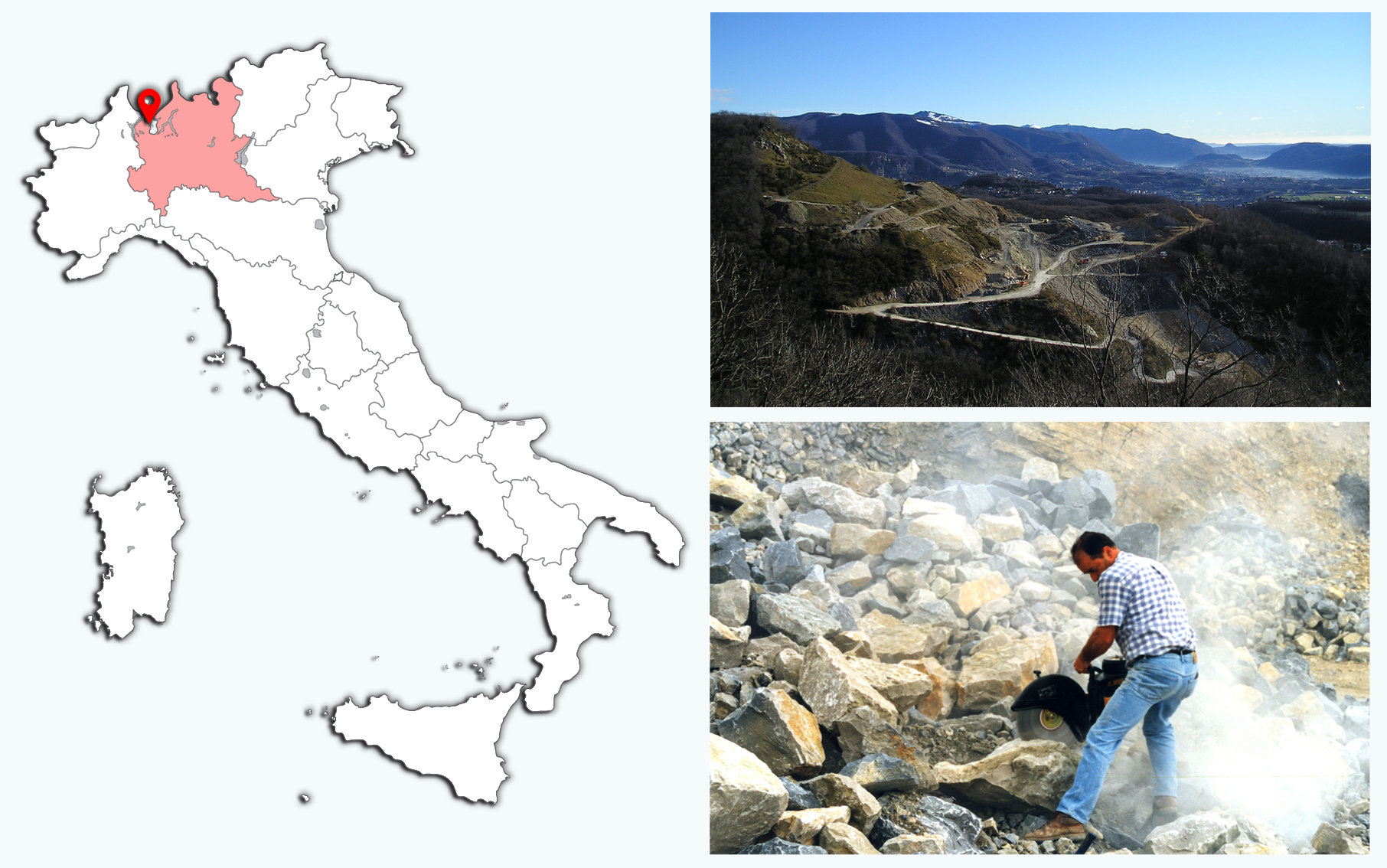
The map (left) shows where S. zanellai was discovered, in the Italian village of Saltrio. The amateur fossil hunter Angelo Zanella first spotted the bones in 1996, and the scientists named the species name after him.
The Saltrio quarry (top right) is less than 50 miles (80 kilometers) northeast of Milan, by the Swiss border. Researchers worked hard (bottom right) to excavate the dinosaur's fossils from the quarry.
Time investment
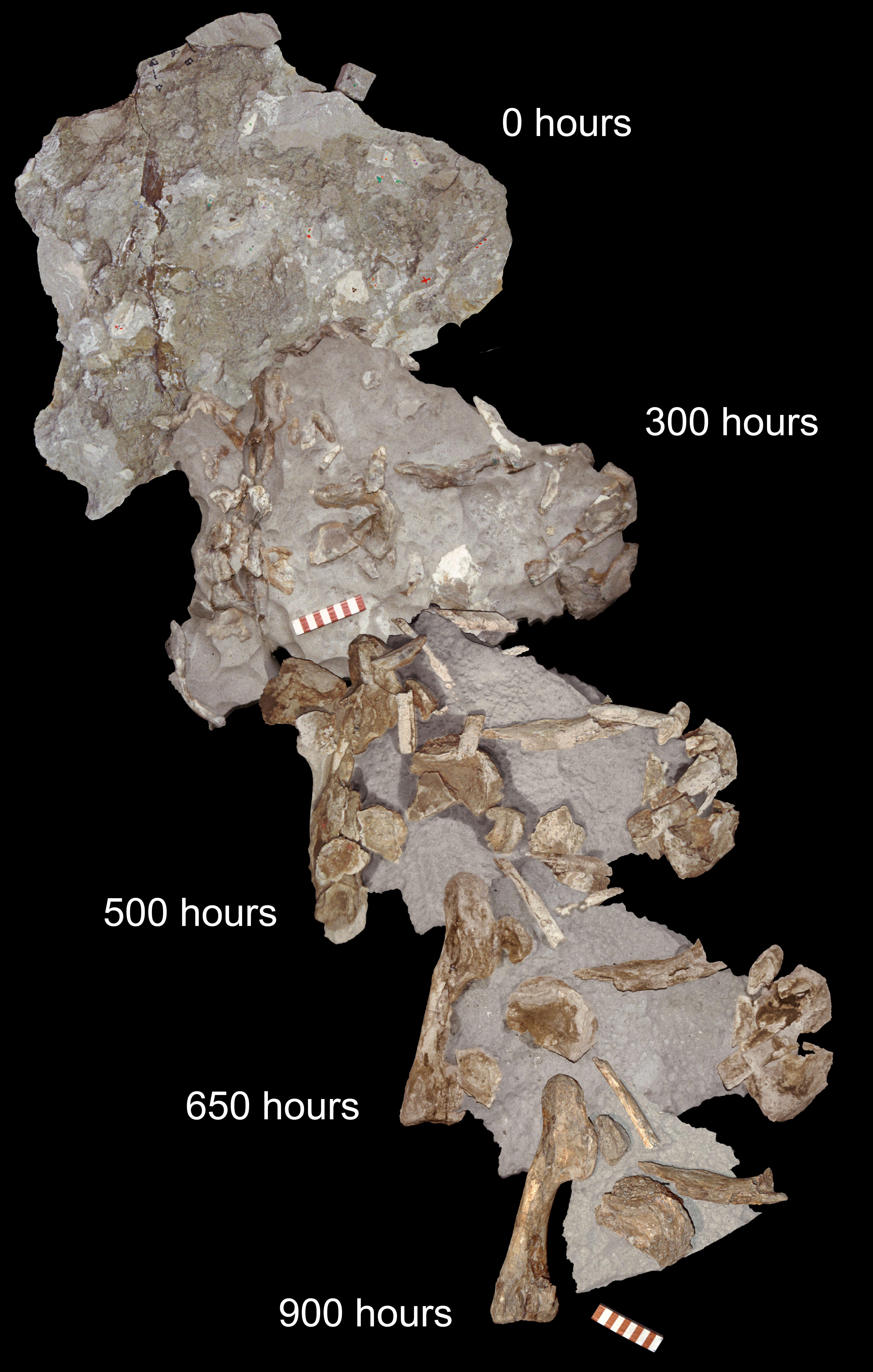
It took the scientists many hours to fully excavate the bones from the rock. Here is a time sequence (top to bottom) showing how the bones were revealed during acid preparation over the course of a year.
Teamwork
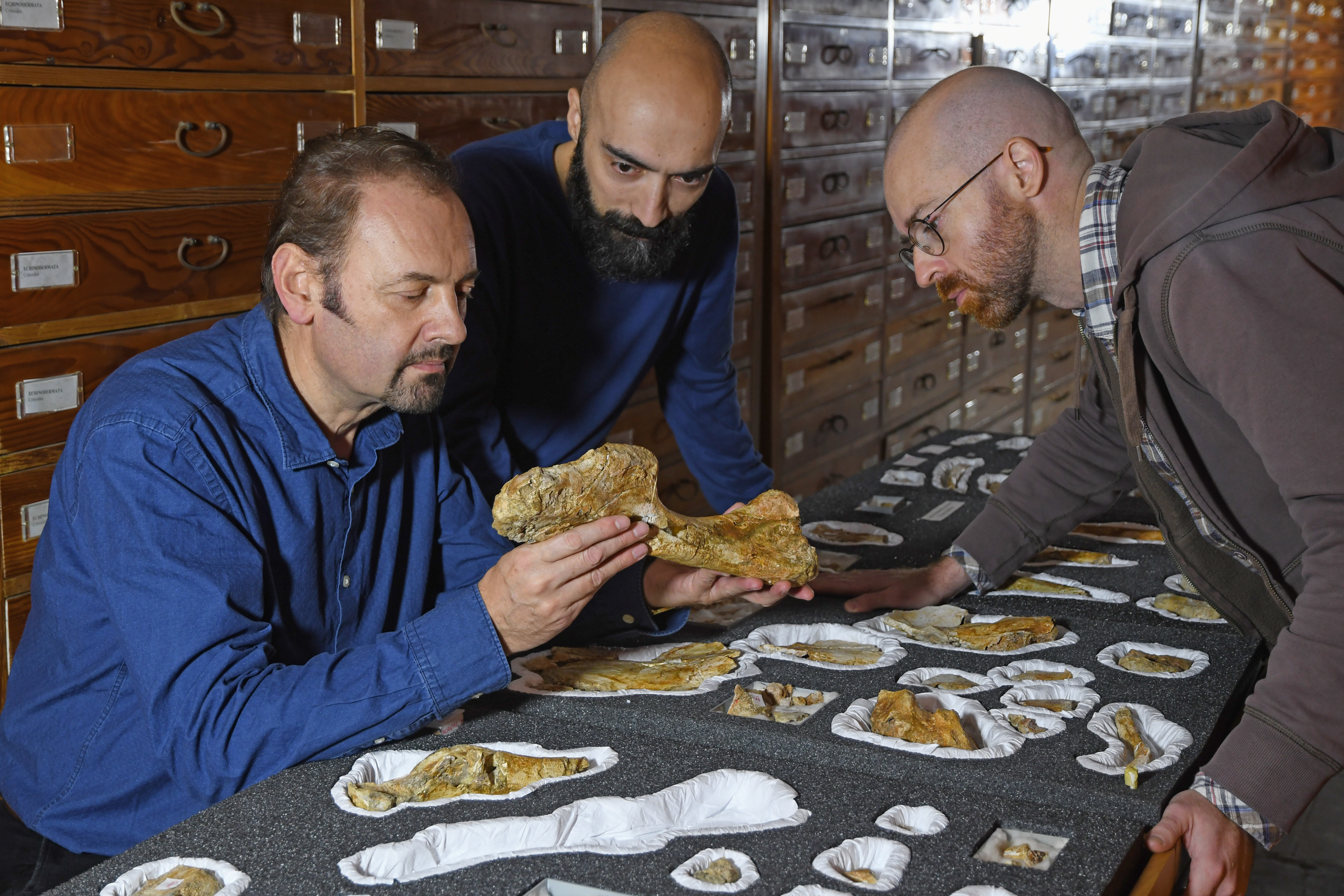
At the Natural History Museum of Milan, paleontologist Cristiano Dal Sasso (left) and co-researchers Simone Maganuco and Andrea Cau (center and right) look at the bones of Saltriovenator at the Natural History Museum of Milan.
Large dinosaur
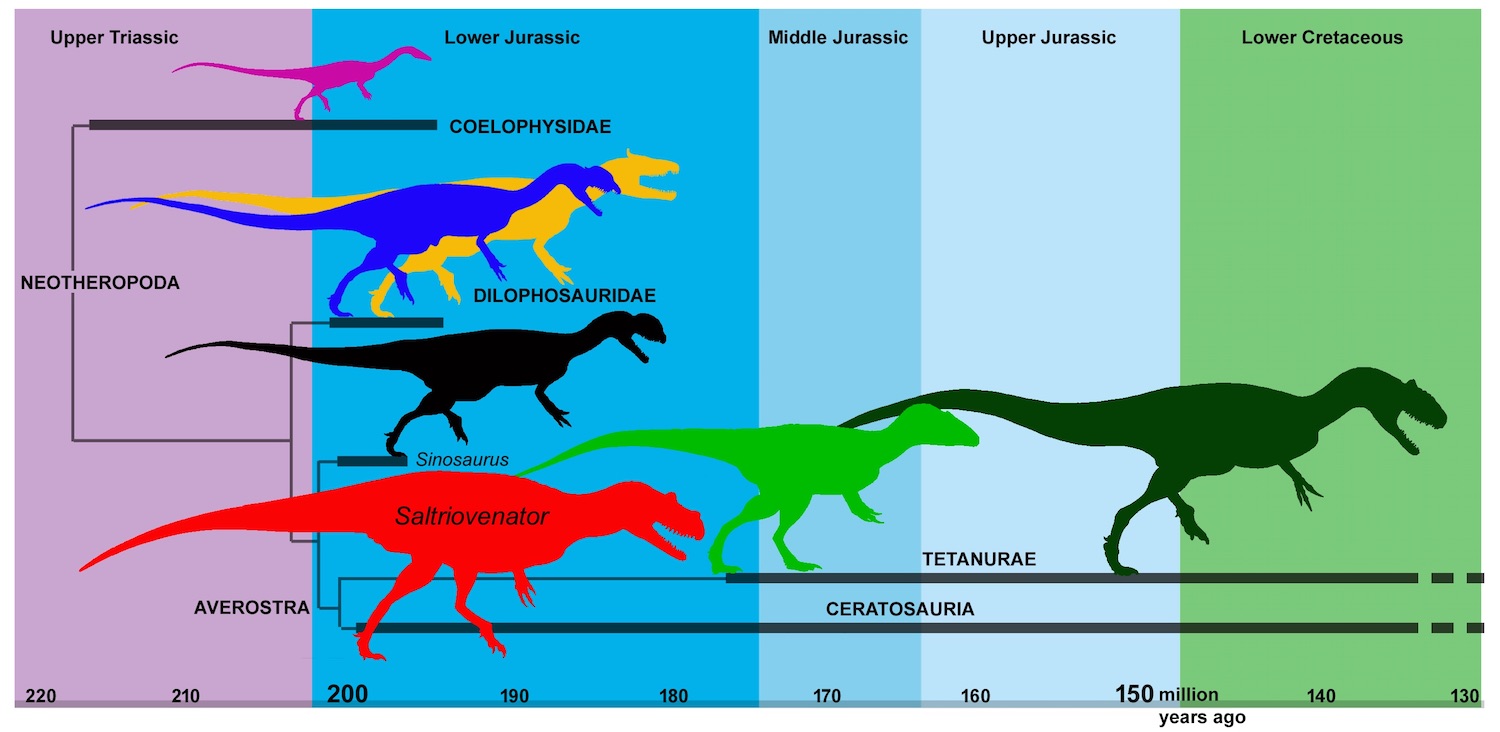
This is a simplified evolutionary tree of bipedal, predatory dinosaurs, called theropods. Saltriovenator (in red) predates the other large meat-eating dinosaurs by more than 25 million years. It's also the oldest known ceratosaurian from the Jurassic period, and the world’s largest predatory dinosaur from the Lower Jurassic.
Break a leg

Cristiano Dal Sasso (left) and Angelo Zanella (right) match the shoulder girdle and right forelimb of Saltriovenator with a lifesize silhouette of the dinosaur. The white bones in the background are largely based on similar dinosaur species — mainly Ceratosaurus and Dilophosaurus.
Get the world’s most fascinating discoveries delivered straight to your inbox.
Boney beast

A skeletal reconstruction of Saltriovenator zanellai. The discovered bones are shown in orange. For scale is Angelo Zanella, who stands about 5 feet, 6 inches (1.67 meters) tall.

Laura is the managing editor at Live Science. She also runs the archaeology section and the Life's Little Mysteries series. Her work has appeared in The New York Times, Scholastic, Popular Science and Spectrum, a site on autism research. She has won multiple awards from the Society of Professional Journalists and the Washington Newspaper Publishers Association for her reporting at a weekly newspaper near Seattle. Laura holds a bachelor's degree in English literature and psychology from Washington University in St. Louis and a master's degree in science writing from NYU.


